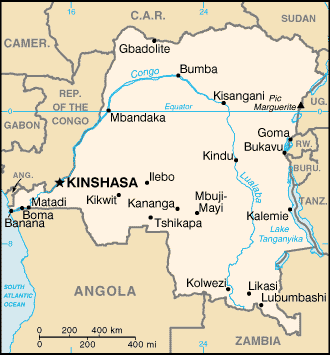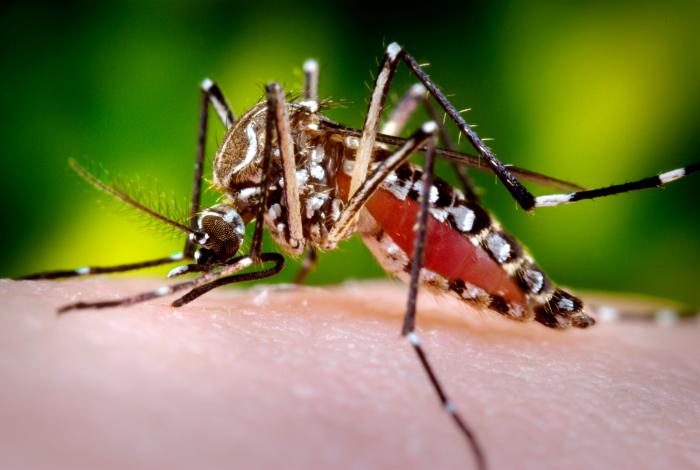The World Health Organization (WHO) received notifications last month about cases of yellow fever (YF) in the Democratic Republic of Congo (DRC) in connection with the outbreak currently occurring in Angola.

According to the UN agency, from early January to 22 March 2016, a total of 151 suspected cases of YF, including 21 deaths (CFR: 14%), were reported by the national surveillance system. Of the 151 suspected cases, 9 were confirmed by serology (IgM) at the Institute National Biomedical Research (INRB) in Kinshasa.
Given possible cross-reactions with other arboviruses, IgM positive samples were sent to the Pasteur Institute of Dakar for confirmation where 4 tested positive for the infection. Of the 4 cases confirmed in Dakar, 3 were imported from Angola and were detected in the areas of Nsona-Pangu, Kimpese and Kitona in Kongo Central province (formerly, Bas-Congo), DRC. This province shares borders with Angola.
The Ministry of Health of DRC has activated the National Committee for outbreak management to respond to this event. Undertaken activities include the establishment of coordination mechanisms, social mobilization and community engagement, strengthening surveillance through the training of health workers, dissemination of case definitions, screening and sanitary controls at Points of Entry and screening of refugees’ vaccination status. Other activities are targeting the vaccination of all individual travelling to Angola, strengthening vector control and case management.
DRC is located in a geographical area known to be YF endemic and autochthonous cases are regularly reported. Since January 2016, autochthonous suspected cases have been recorded in the provinces of Bas-Uele, Equateur, Kasai central, and Tshuapa.
The report of yellow fever infection in travellers returning from Angola, however, highlights the risk of international spread of the disease. At this stage, the available information does not suggest the establishment of a cycle of transmission in DRC. Nevertheless, the presence of the competent vector (the Aedes aegypti mosquito), the high proportion of individuals susceptible to the infection, and the intensity of population movements from and to Angola pose a serious risk of further spread of the disease in DRC.
Related:
- Diphtheria: ‘Rabbits Eat Lettuce’ festival attendee contracts disease
- Battling tsetse flies using drones in Ethiopia
- Improving treatments for post-Ebola syndrome sufferers



3 thoughts on “Yellow fever in Democratic Republic of Congo: WHO update”